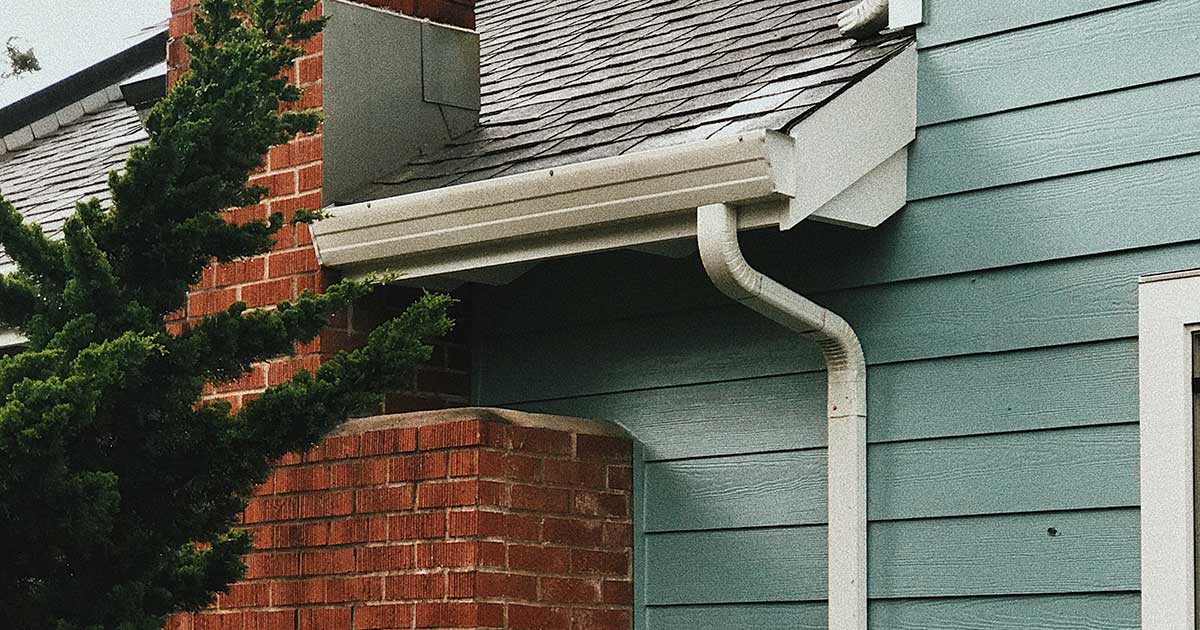Jiffy is a platform that instantly connects homeowners with nearby, quality home improvement professionals in over 30 categories. Welcome to our blog, where we share home maintenance tips, inspirational design ideas, and information on how we make it easier than ever to complete projects around the house.
To bring you professional advice on the most commonly (mis)used household plumbing product, we spent hours getting the lowdown on Drano from our top Jiffy plumbers, who have been in the biz for decades.
Regardless of how minor you think the problem is, it's always better to have any plumbing issues dealt with safely, effectively and by a professional. Book a plumber with Jiffy today and have the job done properly.
What is Drano?
Drano is lye-based household drainage cleaner product sold in several forms, consisting in variations of sodium hydroxide (lye), sodium hypochlorate (bleach), sodium nitrate, sodium chloride (salt) and aluminum.
How it Works
When Drano is poured down a drain, several chemical reactions happen at the same time. Drano’s main ingredient is sodium hydroxide, commonly known as lye, a substance that decomposes most organic matter. Hair and grease included. The lye is mixed with small shards of aluminum, creating a strong reaction that generates heat at near-boiling temperatures. The high heat theoretically speeds up the decomposition process.
Tap water, too, reacts with the lye to produce more heat, softening deposits lining a dirty drain. Lye then reacts with the softened grease, creating soap that the hot water dissolves, and again with the aluminum to form hydrogen bubbles. The bubbles loosen the clog particles, creating space for the hot water to carry it all down the drain. In just one slosh you’ll get intense heat, soap making, bubble forming, dissolving proteins and fat breakdown. In other words, much more than your drain should have to handle.
Why Drano is Dangerous
1. Drano damages plumbing systems. Drano sits in a pipe until the clog dissolves, continually reacting and generating heat. Toilet bowls can crack. PVC pipes can soften and eventually break. Old, corroded pipes can be easily damaged, and Drano can quickly eat away at the glue holding pipes together.
2. Drano is unpredictable if combined with other products or equipment. When using plumbing tools, like a plunger or an auger, Drano can splash up and burn your skin, and get into your eyes and lungs. If even a small amount of Drano remains in the drain, and you use a chemical cleaning product soon after, the two products might react unfavourably to create toxic fumes. You never know what kind of chemical reaction you might get when introducing Drano to a plumbing system.
3. Drano can burn skin, irritate eyes, and hurt lungs. Drano is caustic, meaning it has the ability to burn or corrode organic tissue by chemical action. When a Jiffy plumber gets called in to to fix a clogged drain, they typically ask the customer if they've tried Drano already. If so, the plumber comes back 24 hours later because Drano makes their working conditions unsafe.
Final Word? Forget Drano
Our plumbers would never use Drano in their own homes because they've witnessed the extensive damage it can cause. It’s dangerous for you, harsh on your plumbing system, and bad for the environment. Even if you think it's an effective quick fix, Drano is never a long-term solution.
Let a Jiffy Pro Handle Your Next Plumbing Issue
Instead of using a risky product that provides no long-term benefits, book a Jiffy Pro to address the issue properly.
Booking couldn't be simpler: Simply select the plumbing service on our website or mobile app, fill in your order details and location, identify the timing that works best for you and we will dispatch the nearest plumbing Pro. Sign up with Jiffy today and see how easy home improvement can be.







